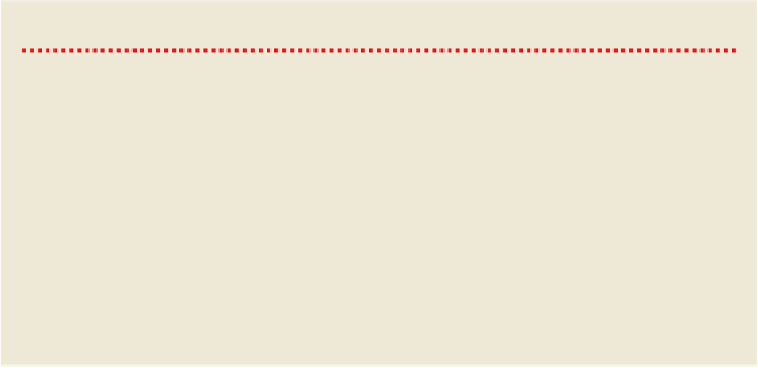Travel Reference
In-Depth Information
MIGHTY SHIVAJI
The name Chhatrapati Shivaji is revered in Maharashtra, with statues of the great warrior astride his horse gracing
many towns, and street names and monuments being named (or renamed in the case of Mumbai's Victoria Ter-
minus, among others) after him.
Shivaji was responsible for leading the powerful Maratha dynasty, a sovereign Hindu state that controlled the
Deccan region for almost two centuries, at a time when much of India was under Islamic control. A courageous
warrior and charismatic leader, Shivaji was born in 1627 to a prominent Maratha family at Shivneri. As a child he
was sent to Pune with his mother, where he was given land and forts and groomed as a future leader. With a very
small army, Shivaji seized his first fort at the age of 20 and over the next three decades he continued to expand
Maratha power around his base in Pune, holding out against the Muslim invaders from the north (the Mughal em-
pire) and the south (the forces of Bijapur) and eventually controlling the Deccan. He was shrewd enough to play
his enemies (among them Mughal emperor Aurangzeb) off against each other, and in a famous incident in 1659
he killed Bijapuri general Afzal Khan in a face-to-face encounter at Pratapgad Fort.
In 1674 Shivaji was crowned Chhatrapati (Lord of the Universe) of the Marathas at Raigad Fort. He died six
years later and was succeeded by his son Sambhaji, but almost immediately the power Shivaji had built up began
to wane.
Amar Chitra Katha, a popular publisher of comic books about Indian folklore, mythology and history, has
several books about Shivaji, including
Shivaji: The Great Maratha, Tales of Shivaji
and
Tanaji, the Maratha Lion,
about Shivaji's close friend and fellow warrior.



